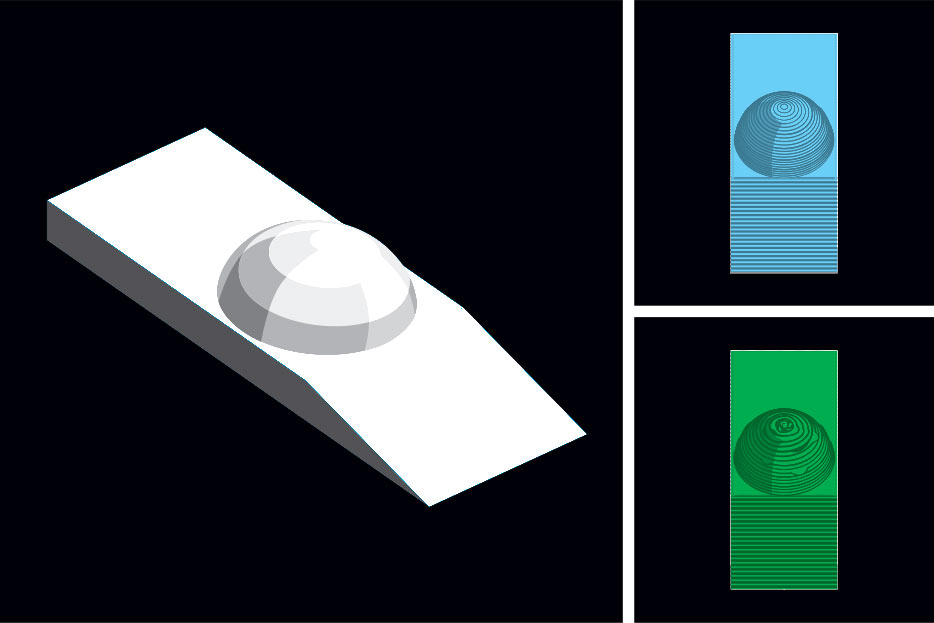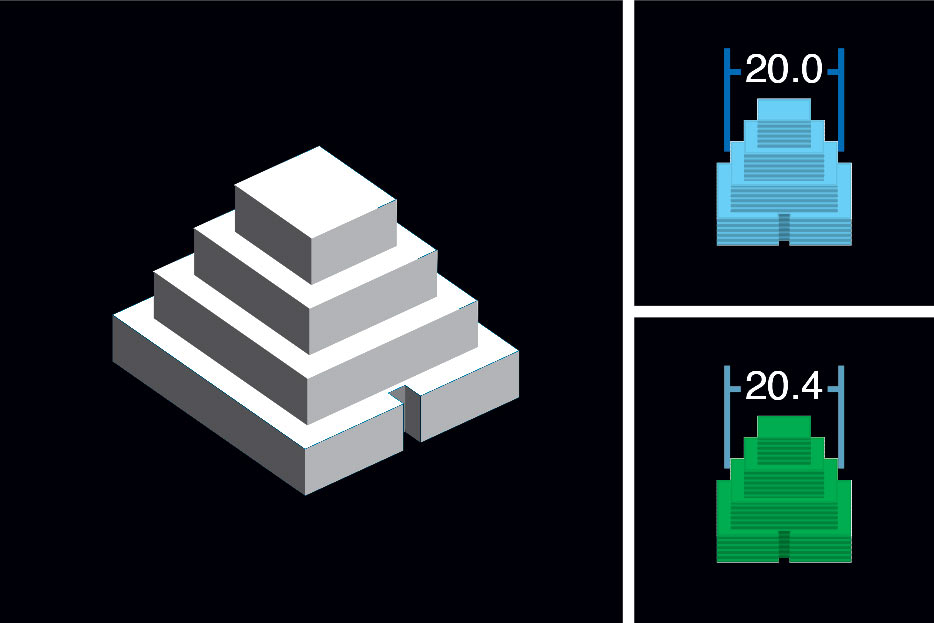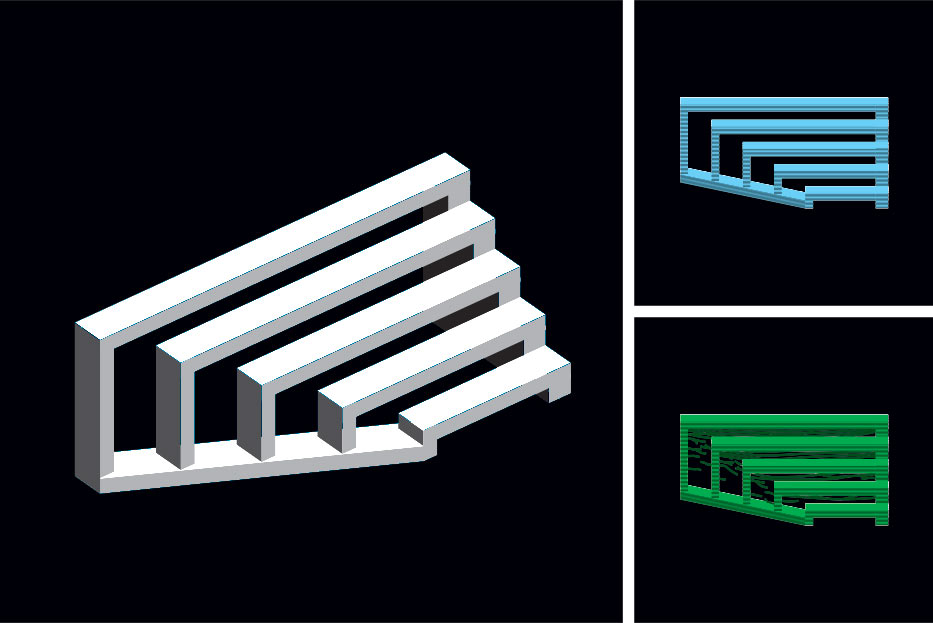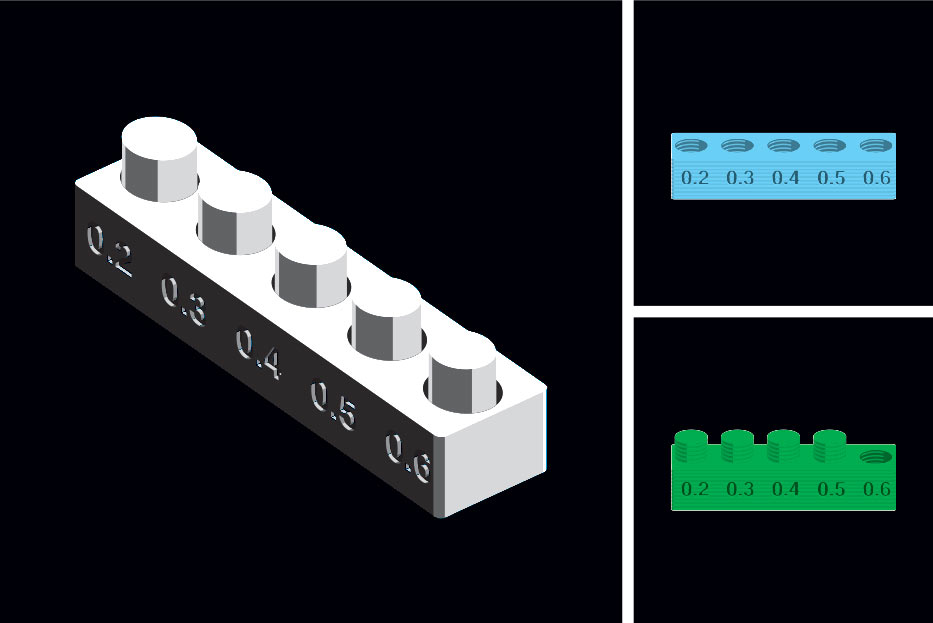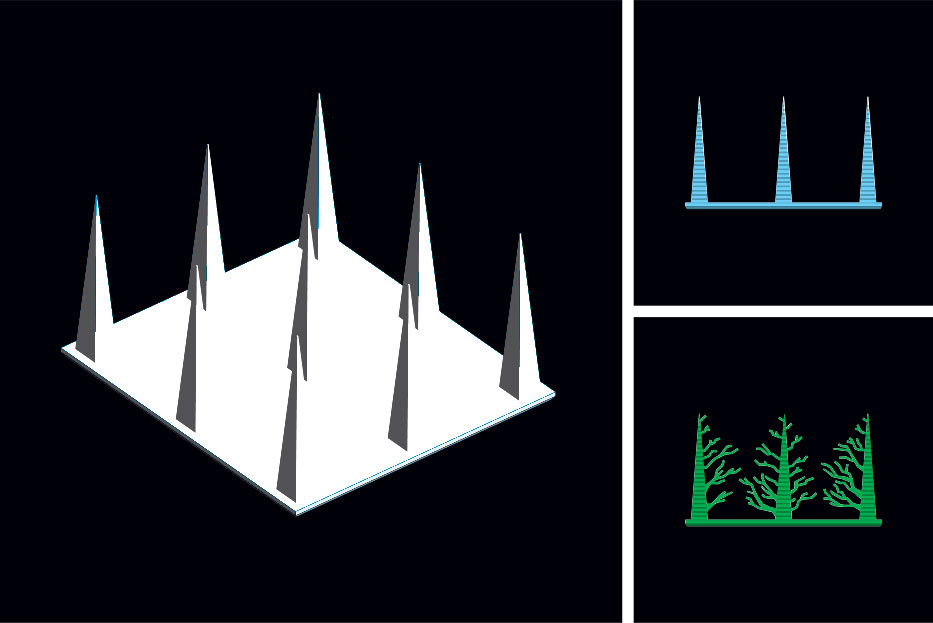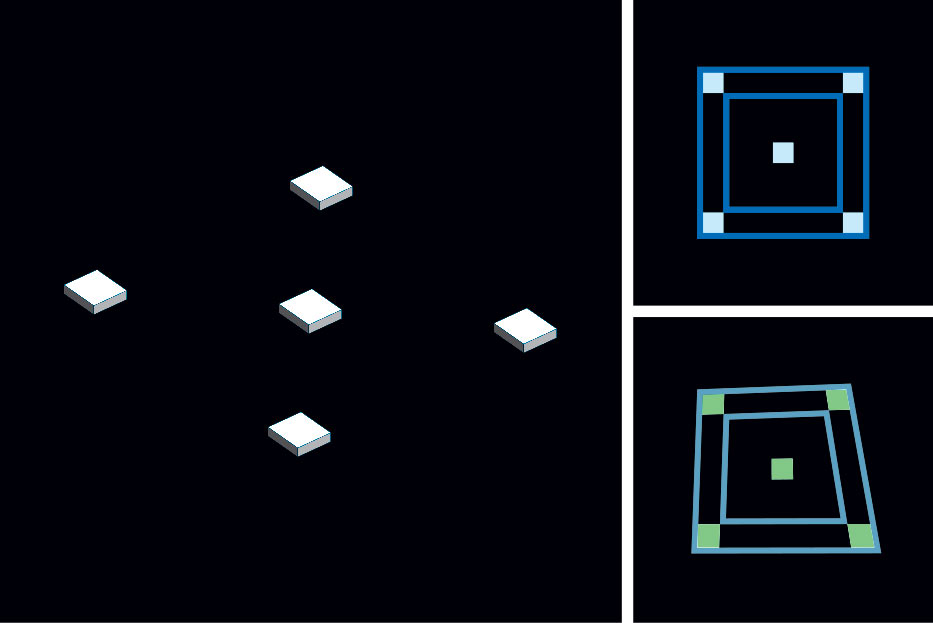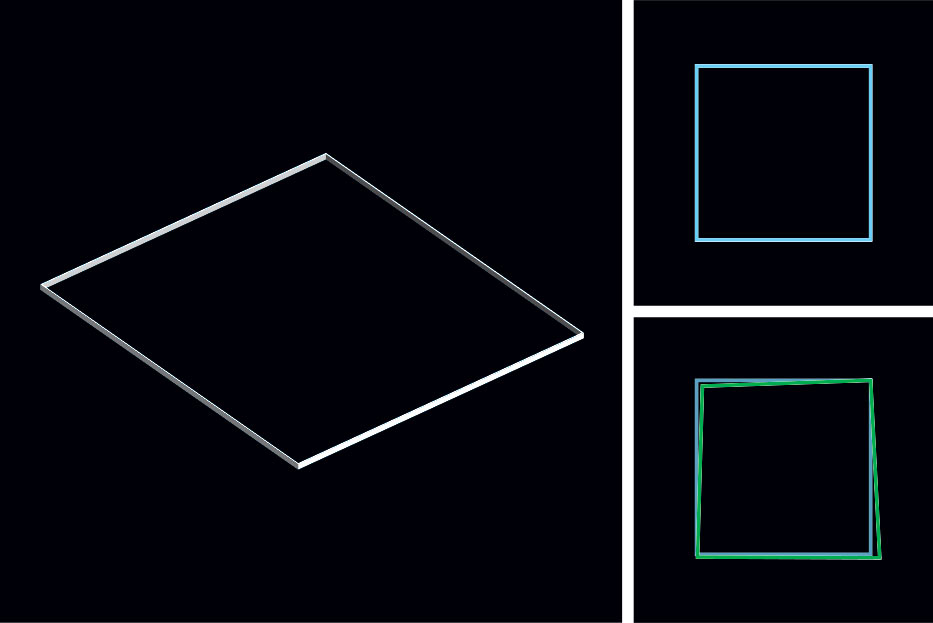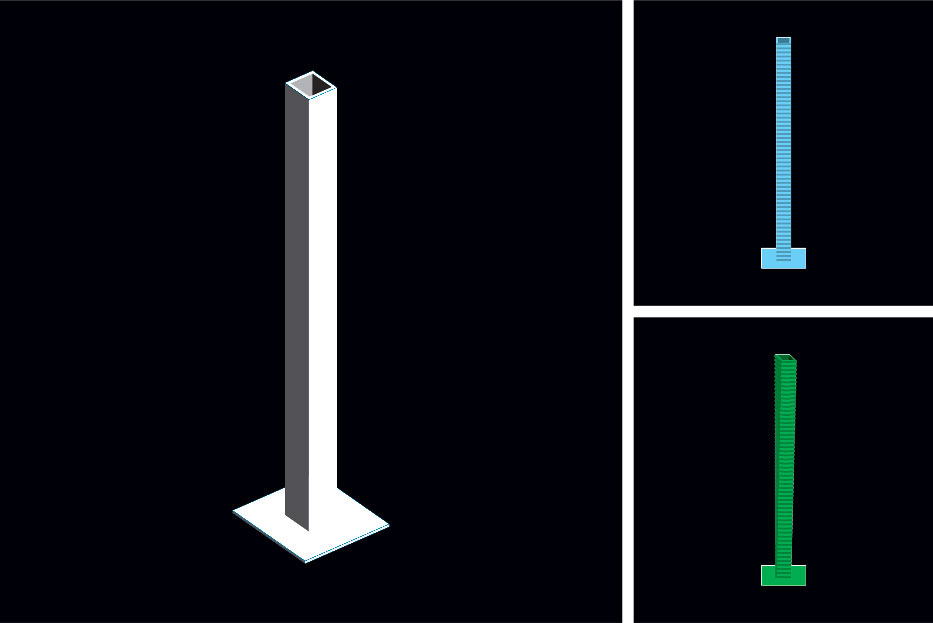Make: {{guideName}} Guide
- {{selected.label}} : {{selected.value}}
Haven't found what you're looking for?
The Make: 3D Printer Shootout — How We Test
Welcome to our 2019 3D Printer Buyer’s Guide. 2018 has been a bit of a shake-up year for the 3D printing industry, seeing big players like Printrbot close their doors and a few others tightening their belts. Some tech observers have seen this and taken it as a sign that the 3D printing industry is failing and it’s time to move to the next big thing. A careful observer will see that sales are still going strong, new users are entering the market every day, and those companies who have found their place are digging in for the long run. The startup hype may be over but now it’s time for a maturing industry to get the real work done.
This isn’t to say that there are not exciting things happening. Machines are getting better, more cost effective, and more configurable, and more accessories are coming to the market. MatterHackers offers a Dell Computers-like buying experience for their Pulse printer, allowing you to select the features you want. LulzBot has taken advantage of their recent switch to E3D hotends by releasing an optional fine-detail tool head months after the LulzBot Mini 2 launched. Prusa’s new MMU2 adds a ton of functionality to their already feature-rich machine. This, of course, is just a short list but enough to get enthused about not only where we are, but where things are going.
Note: We made only a minor change to our testing models this year, thickening the Full Bed Dimensional Accuracy probe to help it keep its shape better. The rest of our probes and processes have remained the same, with digital and physical redundancies to ensure nothing is missed
Testing and Scoring
Each year our team gathers for our shootout testing weekend, three straight days of putting these machines through our continuously improving process to try to see how they stack up against each other. For the second straight year, we held our shootout in Digital Fabrication Editor Matt Stultz’s home hackerspace, Ocean State Maker Mill in Pawtucket, Rhode Island. The team consisted of other makerspace members who have extensive experience with 3D printing, CNC milling, laser cutting, and other digital fabrication processes. For the fused filament fabrication (FFF) machines, the initial testing is just the start, leading to blind print scoring of our test probes, comparing our notes, and really diving into the details of the machines to find the standouts. Our Digital Fabrication Guide is one of most popular issues every year. We continue to try to improve our tests based on reader feedback and are always looking for new machine types that we think you will be interested in. I hope you enjoy this year’s guide and that it will help you find that special tool you’ve been looking for.
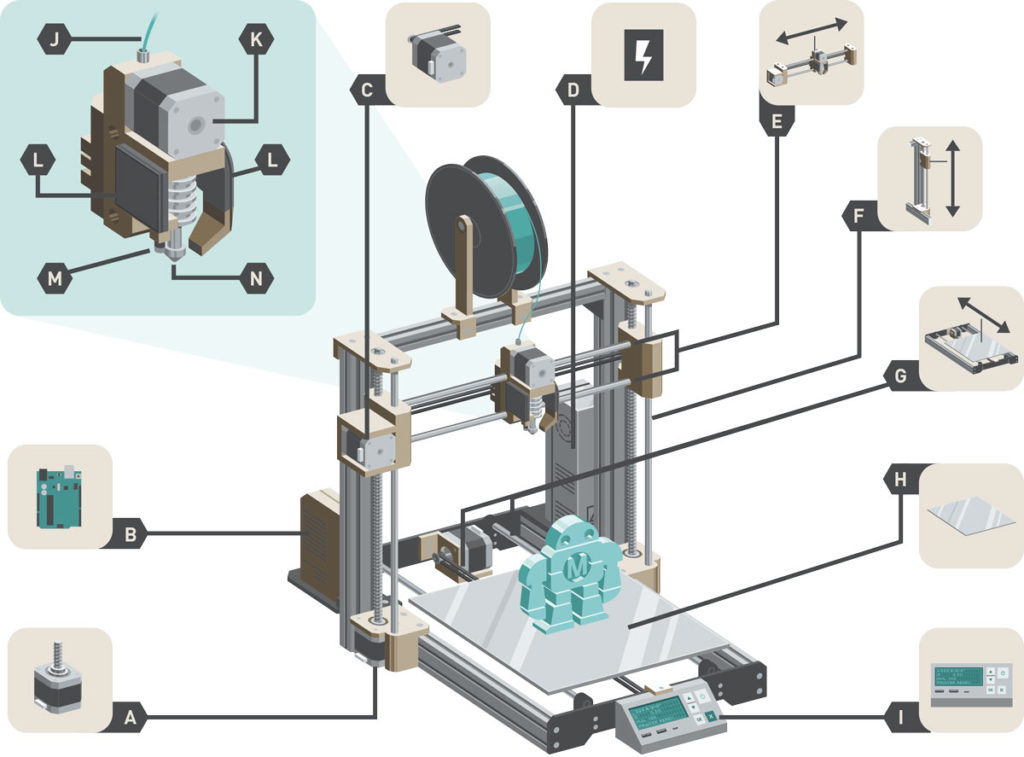
Test Prints: Explained
Our FFF test probes allow us to quantify how well the printers will produce parts. Here is a breakdown of the tests we use and how we score them.
Vertical Surface Test
With this probe, we look for echoing or banding on the surface of the print. These will be located along the letters or the holes in the back. The worse the disruption, the lower the score.
Horizontal Finish Test
There are three sections to this test, a slope, a flat section, and a dome. We are looking to see how cleanly those sections are formed. Any holes, pimples, or ridging will lower the score.
Dimensional Accuracy Test
This probe allows us to measure how accurately the printer produces parts to size. The second step should be 20mm wide in both directions. For each .1mm the printer is off on average, it loses a point.
Overhang Test
The overhang test starts out at 30º and continues to 70º. We look for how cleanly the back of the print comes out. Drooping and looping especially in the lower numbers will reduce the score.
Bridging Test
Bridging is a printer’s ability to span a gap between two points. Each gap on this probe is wider apart than the last. A good part should have all the gaps bridged cleanly. Drooping and lost infill reduces points.
Negative Space Tolerance Test
Negative space tolerance is important for things like bolt holes and creating print-in-place features. Each hole in the test is .1mm smaller than the last. The more pins that can be pushed out, the higher the score.
Retraction Performance Test
Poor retraction can cause stringing, jamming, or the inability to extrude fine features. These spikes test your machines retraction performance. Any of the issues listed can reduce the score of the print.
Support Material Test
This is an updated test for this year. This tree tests how well support material is formed to a print. It tests four conditions that are a combination of flat and textured print areas. The print is scored based on how cleanly the material can be removed.
Squareness Test
This test is one of two new tests for 2018. Five squares are printed around the bed, each are measured with an angle gauge to see how close they are to 90º. The further off they are from 90º, the lower the score.
Full Bed Dimensional Accuracy Test
This is our other new test this year. We heard feedback from our readers who wanted to make sure the printers could print out to the edges and also stayed accurate with big prints. We measure this print and the less accurate, the lower the score.
Z Wobble Test
This tower tests to see if there is any wiggle in your z-axis causing repeated ridging along the sides. This is our lone pass/fail test now and scores a 0 (fail) or 2 (pass).
The Make: Testing Team
Jennifer Schachter has a degree in fine arts, but despite that, finds herself building and tinkering more often than painting and drawing.
Jennifer Schachter
Previous Testers
ADVERTISEMENT
Join Make: Community Today
Categories
How Scoring Works
We have 11 separate test models that each look at a different and individual aspect of a 3D printer’s performance. Most models are scored on a scale between 0 to 5 points, with the exception of the Z Wobble test, which is pass/fail, scoring either 0 or 2 points.
After all prints are completed and scored, those scores are added together to form the overall total score for that machine.
Other useful aspects, like how loud the printer is or its physical characteristics, are important as well, but they do not affect the machines’ testing scores.
ADVERTISEMENT
Join Make: Community Today




